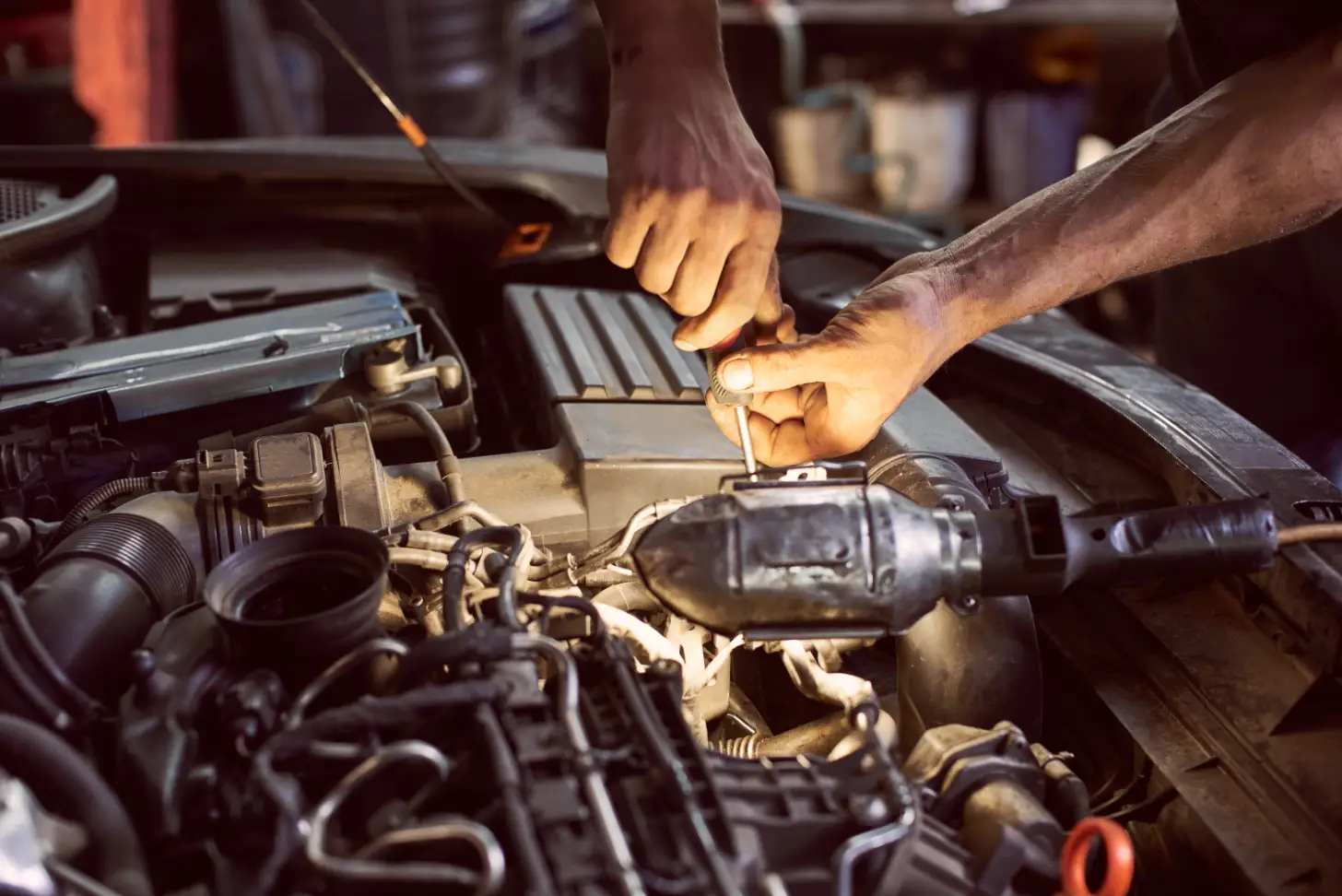Proper Semi Truck Trailer Alignment Explained

Proper Semi Truck Trailer Alignment Explained
Trailer misalignment can silently drain your bottom line through excessive tire wear, added fuel costs, and increased strain on suspension and steering components.
Understanding Semi Trailer Alignment
Trailer alignment refers to the precise adjustment of the axle angles on a semi-trailer relative to its frame and kingpin. In a correctly aligned setup, all axles—tractor and trailer alike—track in harmony. This means the trailer rolls directly behind the tractor without deviation or "dog-tracking." The goal is to maintain consistent wheel orientation: toe, camber, and thrust angle are all in spec.
Key Alignment Angles
- Toe: The angle at which the wheels point inward or outward when viewed from above.
- Camber: The tilt of the wheels inward or outward when viewed from the front.
- Thrust angle: The direction the rear wheels point relative to the trailer centerline.
Incorrect values in any of these areas can result in:
- Premature tire wear
- Increased rolling resistance
- Difficulty maintaining lane stability
Symptoms of Poor Trailer Alignment
Just like your drive axles, trailer axles show distinct signs when out of alignment. Common indicators include:
- Uneven or accelerated tire wear on inner or outer edges
- The trailer pulling or drifting to one side
- The tractor’s steering wheel constantly needing correction
- Noticeable reduction in fuel economy
- Feathered tread patterns across dual tires
If you’re seeing these signs regularly on your fleet, it's likely time to schedule a full trailer alignment.
Causes of Trailer Misalignment
Misalignment often occurs gradually due to operational stresses. Here are the most common culprits:
- Curb strikes and pothole impacts
- Overloaded or improperly distributed cargo
- Worn or damaged suspension components
- Axle bushing degradation
- Previous improper alignments
In coastal and humid regions, corrosion on suspension fasteners can also contribute to mounting shifts and misalignment over time.
The Alignment Process: Step-by-Step
1. Preliminary Inspection
Before adjustments are made, all suspension components, bushings, air ride systems, and axle mounts are inspected. If the suspension is damaged or worn, alignment will not hold—even after adjustment.
2. Measuring the Alignment
Using laser or computerized alignment tools, technicians measure:
- Axle offset (left vs. right side discrepancies)
- Thrust angle
- Individual wheel toe
High-precision alignment equipment ensures the trailer axles are parallel to each other and perpendicular to the kingpin. This is essential for true tracking behind the tractor.
3. Adjusting Axles
Adjustments are made at the spring hangers, U-bolts, or alignment cams, depending on the suspension type. On air ride suspensions, the leveling valves may also be calibrated to maintain consistent ride height across the axle beam.
4. Final Verification
Once adjustments are complete, the trailer is re-measured to verify that all specs meet OEM tolerances. Test drives under load are encouraged for full performance validation.
Best Practices for Maintaining Alignment
- Weight distribution checks: Improper cargo loading shifts axle loads and throws off alignment geometry.
- Torque fasteners: Loose U-bolts, hanger bolts, or shock mounts allow axles to drift under load.
- Replace bushings proactively: Worn torque rod or leaf spring bushings lead to axle shift and wheel misalignment.
- Avoid temporary fixes: Never weld axles into place. It eliminates future adjustability and may create uneven stress concentrations.
Impact of Misalignment on Fleet Efficiency
Fuel accounts for nearly 25–30% of fleet operating costs. Misalignment increases rolling resistance, requiring more power (and fuel) to move the same load. According to industry data, proper alignment can improve fuel economy by up to 2%, especially when combined with correctly inflated tires and balanced loads.
Additionally, steering compensation caused by misalignment increases driver fatigue—a critical factor in driver retention.
Alignment Considerations for Drop-and-Hook Fleets
In operations where trailers are swapped frequently, uniform alignment becomes a key concern. Misaligned trailers can cause even properly aligned tractors to develop tire wear or steering drift. To avoid this, standardize trailer inspections at every yard and align new trailers before entering rotation.
When to Align Your Trailer
Trailer alignment should be performed:
- Every 6 to 12 months
- Any time new tires are installed
- After any major suspension work
- Following noticeable tire wear or tracking issues
- After a major curb or pothole impact
Fleets operating on rugged terrain or in tight urban delivery zones should consider quarterly alignments due to higher exposure to impact-related misalignments.
Schedule Your Alignment Today
Semi truck trailer alignment is not optional—it’s essential. From improved fuel economy and extended tire life to enhanced safety and reduced wear on suspension components, keeping your trailer axles aligned directly contributes to operational efficiency and regulatory compliance. Make alignment a regular part of your fleet's preventive maintenance plan, and you’ll avoid costly repairs and downtime down the road.
If you're unsure about your trailer's alignment or haven't checked it in a while, don’t wait until you see tire wear patterns develop. Schedule a professional alignment inspection with a qualified facility like Dog House Trailer Repair in Richmond, VA.
